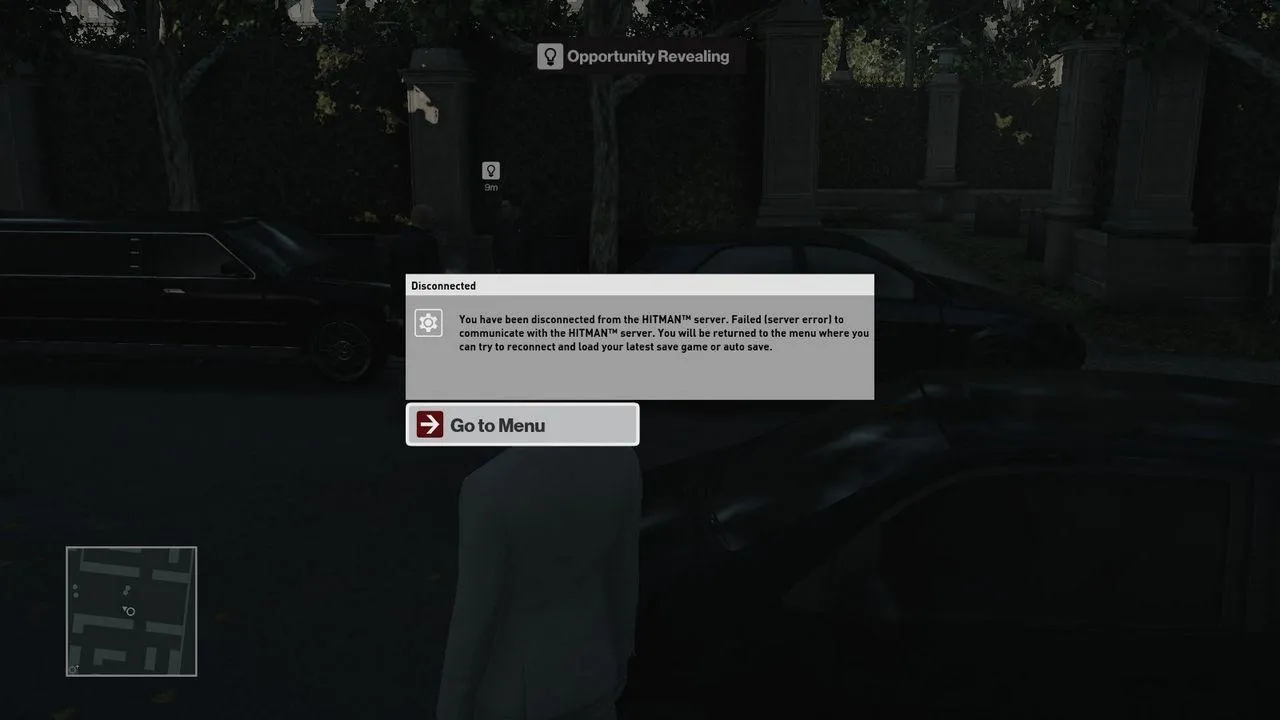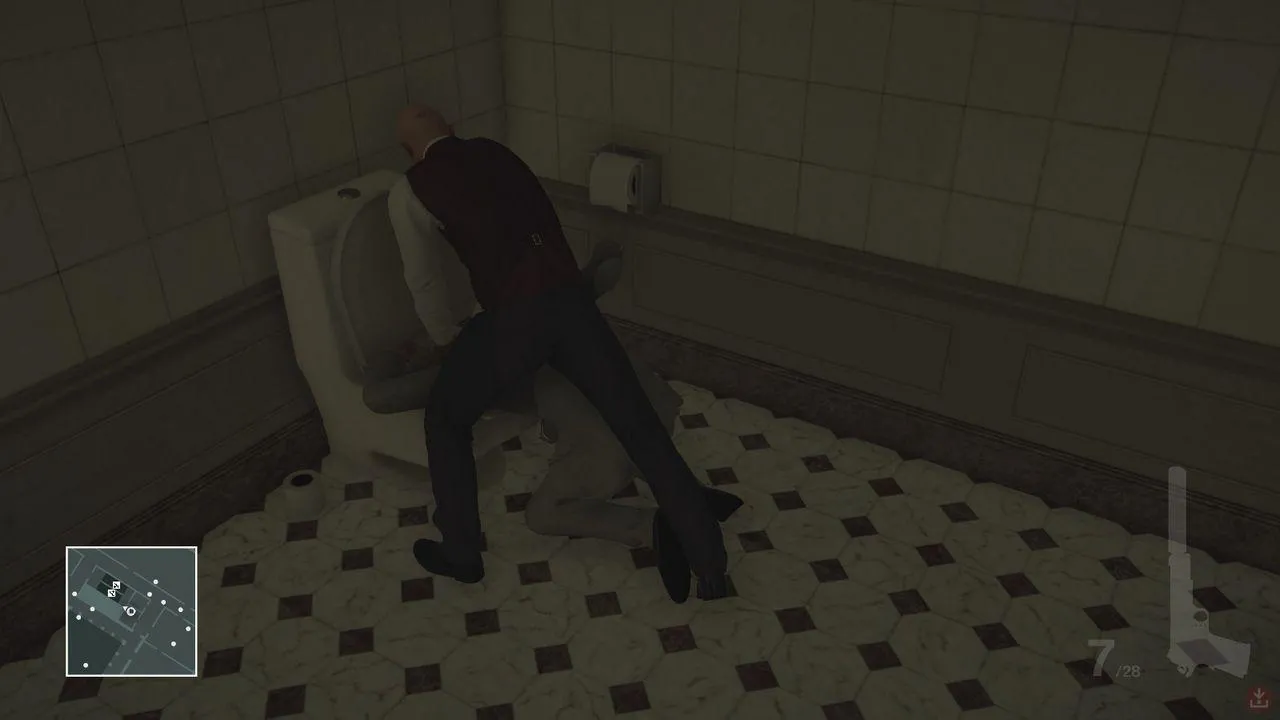
Hitman: Episode 1 – Paris: A Masterclass in Assassination, Marred by Technical Issues
Contents
Agent 47 returns after a decade-long hiatus in Hitman: Episode 1 – Paris, the first installment of a reimagined episodic saga. This review explores the game’s captivating gameplay, reminiscent of the classic Hitman titles, while also addressing its significant technical shortcomings.
 Agent 47 in Hitman: Episode 1 – Paris
Agent 47 in Hitman: Episode 1 – Paris
The question on every Hitman fan’s mind is: does Episode 1 – Paris recapture the magic of Blood Money? The answer is a resounding yes. While not without flaws, this episode adheres closely to the core gameplay that defined the franchise’s golden age, offering a sprawling sandbox level, rich with opportunities for exploration and experimentation.
A Return to Classic Hitman Gameplay
The “Showstopper” mission, set amidst the glamorous backdrop of a Parisian fashion show, perfectly exemplifies this design philosophy. Players are encouraged to observe, plan, and execute their plans with a methodical approach. While the game operates in real-time, the pacing allows for careful consideration and strategic maneuvering.
 Gameplay screenshot of Hitman: Episode 1 – Paris
Gameplay screenshot of Hitman: Episode 1 – Paris
Disguises play a more crucial role than ever before. Unlike Blood Money‘s hierarchical system, Episode 1 – Paris employs a more nuanced approach. Guards in one area may recognize a stolen uniform, while those in another remain oblivious. This adds a layer of realism and strategic depth to the gameplay, forcing players to be more mindful of their surroundings and chosen attire.
 Gameplay screenshot of Hitman: Episode 1 – Paris
Gameplay screenshot of Hitman: Episode 1 – Paris
Reaching your targets is rarely the challenge; the true artistry lies in orchestrating their demise. The game provides a wealth of opportunities, challenges, and environmental interactions to exploit. Veterans can disable the in-game guidance, embracing a pure, unscripted Hitman experience.
Hitman: Episode 1 – Paris is more than a simple hunt; it’s a puzzle box of interconnected elements, with players dictating the sequence and execution of their plans. The game empowers players to manipulate the environment, turning every prop and NPC into a potential tool in their deadly arsenal.
Environmental Interaction and Improvisation
Unlike previous entries, where interactive objects often served a single, predetermined purpose, Episode 1 – Paris encourages improvisation. A plethora of items can be utilized in various ways, but their usefulness depends on the specific context and the player’s ingenuity. This dynamic approach adds a layer of unpredictability and rewards creative thinking.
 Gameplay screenshot of Hitman: Episode 1 – Paris
Gameplay screenshot of Hitman: Episode 1 – Paris
Frustrating Technical Flaws
Despite the engaging gameplay, Episode 1 – Paris suffers from significant technical issues. The always-online requirement, coupled with server instability, frequently disrupts the experience, forcing players back to the main menu. The separation of online and offline save files further exacerbates this issue, requiring players to restart missions from scratch when disconnected. Even seemingly minor actions, like opening the in-game menu, can cause noticeable lag.
 Gameplay screenshot of Hitman: Episode 1 – Paris
Gameplay screenshot of Hitman: Episode 1 – Paris
The online leaderboard system, intended to showcase global rankings and assassination strategies, feels underdeveloped and ultimately pointless. Its limited functionality raises questions about its inclusion in the first place.
Conclusion
Hitman: Episode 1 – Paris successfully revives the classic Hitman formula, offering a compelling sandbox experience that rewards player agency and creativity. However, its severe technical problems, particularly the always-online requirement and server instability, significantly detract from the overall enjoyment. Addressing these issues is crucial for future episodes to fully realize the game’s potential.
System Requirements & Information
Developer: IO Interactive
Publisher: Square Enix
Genre: Action
Release Date: March 12, 2016
Platforms: PC, PS4, Xbox One
Minimum Requirements:
- OS: 64-bit Windows 7
- CPU: Core i5-2500K 3.3GHz / Phenom II X4 940
- RAM: 8 GB
- GPU: NVIDIA GeForce GTX 660 / Radeon HD 7870
- Storage: 50 GB
Tested System:
- OS: Windows 10 Pro 64-bit
- CPU: AMD Ryzen 5 1600 3.2Ghz
- RAM: 16 GB
- GPU: ASUS ROG RX 570 4GB
- Storage: 1TB SSD





Comments (0)